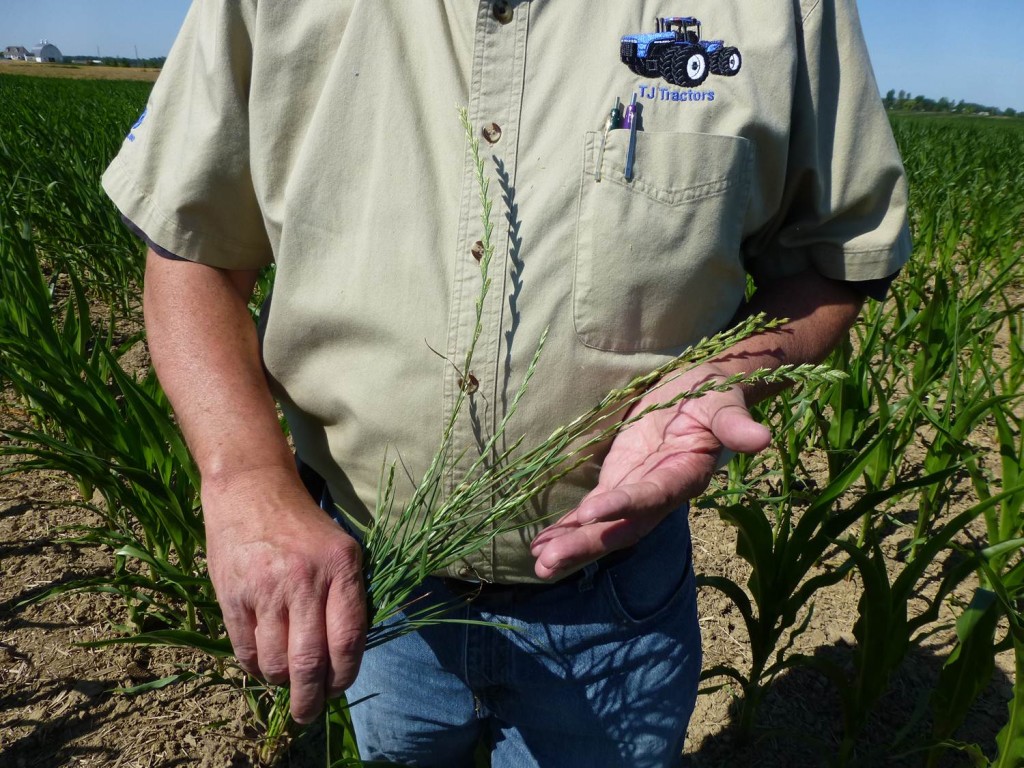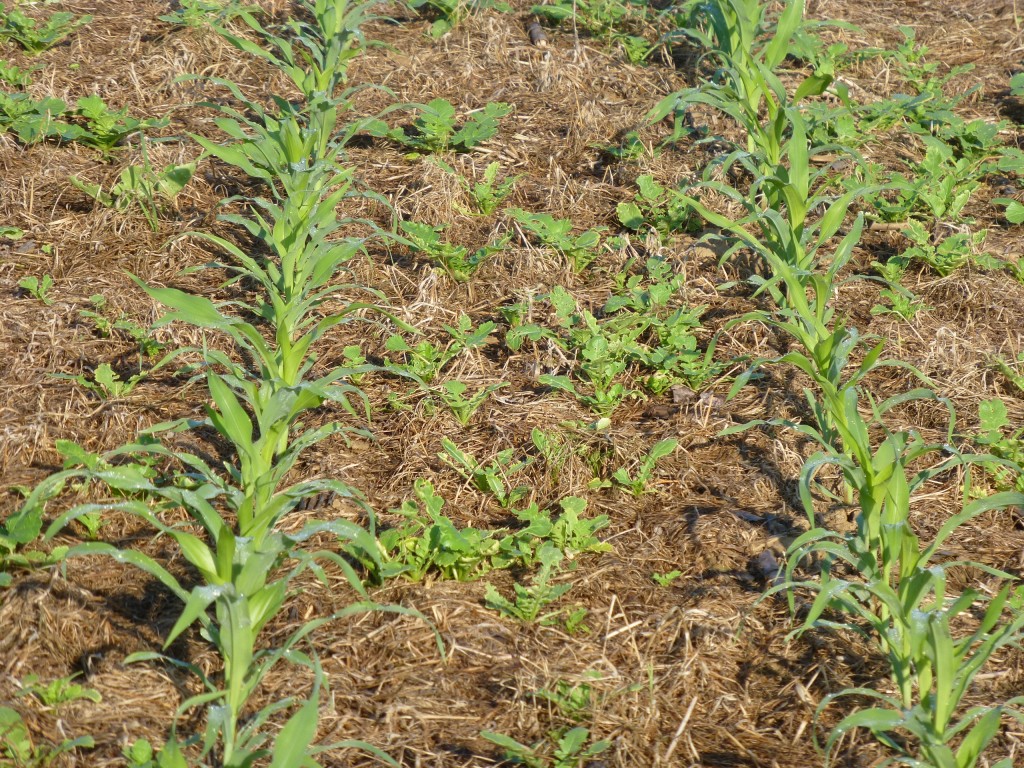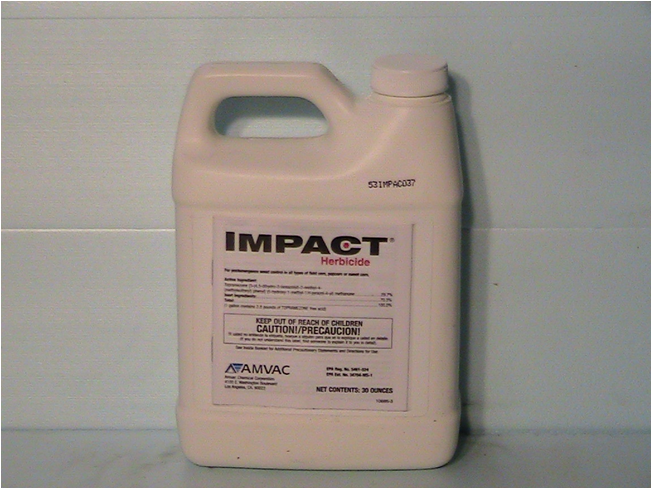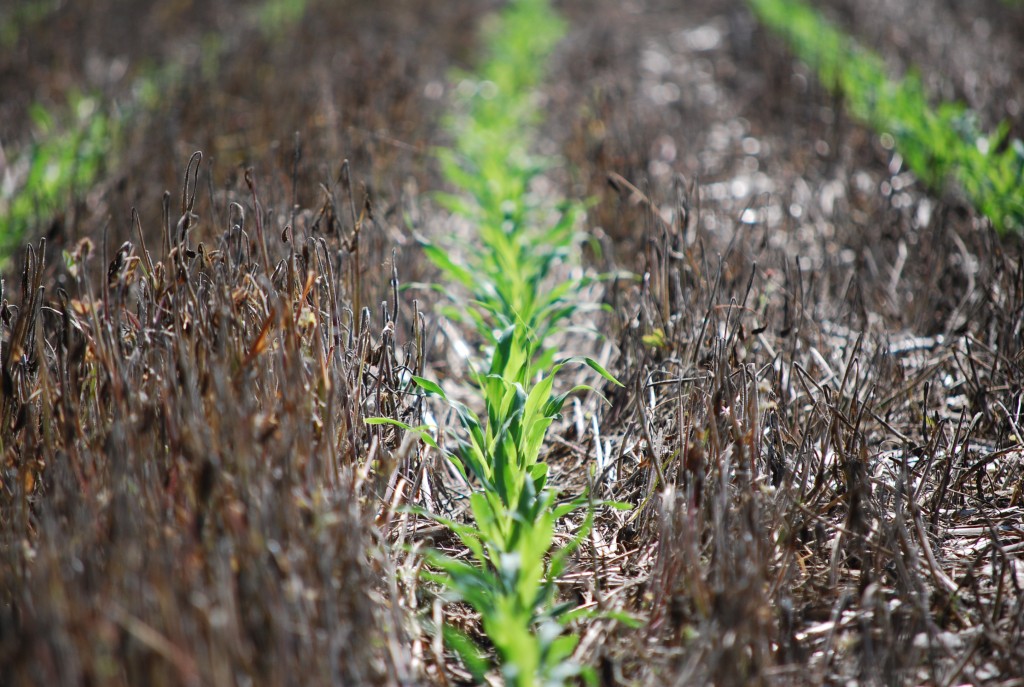Can Cover Crops Become Weeds?
In a previous post I wrote that cover crops can suppress weeds. And many farmers are planting them with that primary benefit in mind. But, can cover crops become weeds? Unfortunately, the answer is “yes, they can.” Obviously we never want this to happen on our farm. And with good management practices, we can lessen […]
Can Cover Crops Become Weeds? Read More »



